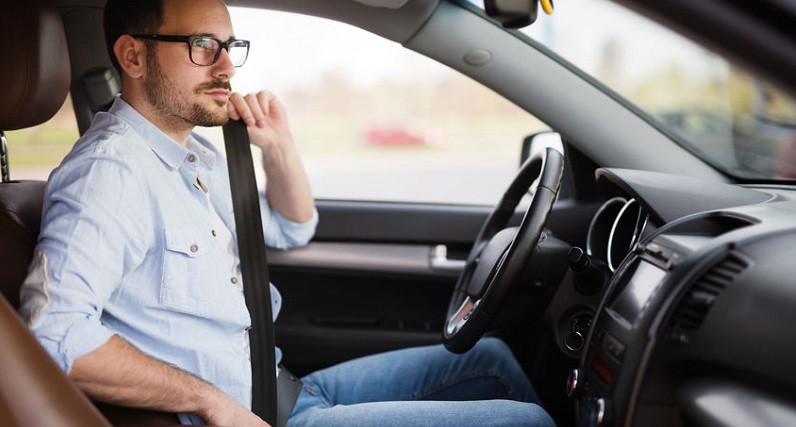The Click It or Ticket campaign is just one part of a continuing effort to reduce Colorado auto accident fatalities, which numbered 416 last year.
775 Drivers Ticketed in July Click It or Ticket Campaign
“A car crash can happen in the blink of an eye,” says Matthew Packard, the chief of Colorado State Patrol. “Not taking that second to buckle up is a choice that could have tragic consequences.”
Despite evidence that using seat belts saves lives, drivers in rural areas are less likely to use them than drivers in urban areas. Working with the Colorado Department of Transportation (CDOT), Colorado law enforcement officers recently conducted a seat belt enforcement campaign in rural areas of the state in hopes of motivating these drivers to get in the habit of buckling up.
The point of the citations, Packard says, is to “serve as a reminder about how simple it is to buckle up and to never risk the lives of yourself or your passengers.”
About 775 drivers got tickets during the campaign, “including 44 drivers who had an improperly restrained child under the age of 15 in the vehicle,” according to the CDOT.
Deadly Car Accidents in Rural America
The Centers for Disease Control and Prevention (CDC) confirms that rural drivers are less likely to wear seat belts than urban drivers. Motor vehicle crashes are the number one killer of persons 54 years old and younger, and “age-adjusted passenger-vehicle–occupant death rates were significantly higher” in rural areas than in urban areas. For example, the CDC found that in the Northeast, “age-adjusted death rates per 100,000 population increased from 3.5 in the most urban counties to 10.8 in the second-most rural counties…” (Data was inadequate for the most rural counties.) Similarly, large discrepancies between urban and rural vehicular death rates were found in the South, Midwest, and West.
The Insurance Institute for Highway Safety estimates that nearly 15,000 lives were saved in 2017 because of seat belts. Perhaps another 2,500 could have been saved if all accident victims had been using their seat belts.
The good news is that seat-belt use has increased over the years–dramatically. In 1983, fewer than a fifth of front-seat passengers wore a seat belt. The number has risen to 90 percent. But a wide gap persists between the buckling habits of urban motorists and rural motorists. And 65 percent of the country’s interstate highways are in rural areas.
Hundreds Cited During Click It or Ticket Campaign
Several times a year, Colorado officials devote a week to the traffic safety campaign Click it or Ticket. This July, they focused on seat belt compliance in rural areas. The July 15-21 campaign resulted in the ticketing of about 775 drivers.
The campaign is just one part of a continuing effort to reduce Colorado auto accident fatalities, which numbered 416 last year. According to law enforcement, 220 of those killed were not wearing a seat belt. In Colorado, 86 percent of vehicle passengers wear a seat belt, slightly below the national average of 90 percent.
Colorado’s seat belt law requires that all front-seat passengers and all children 15 years old or younger to wear a safety belt. But this is a secondary enforcement law, which means that drivers can be ticketed only if they are pulled over for some other traffic infraction and then discovered to be flouting a seat-belt requirement. Lawmakers have been debating whether to tighten up seat-belt laws in the state.
Whatever the law may stipulate, drivers and passengers should buckle up. In the United States, more than 90 people die every day in car accidents. Wearing a seat belt can greatly reduce your risk of being one of those fatalities.

